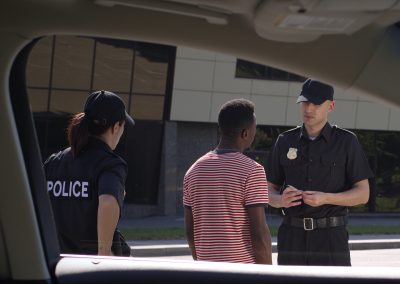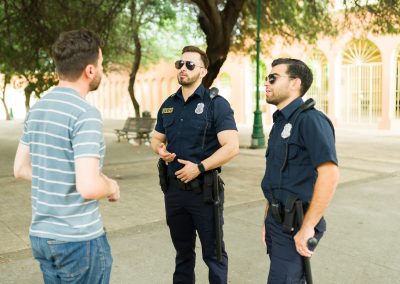Many riders have been off their motorcycles for a few months and are just now getting ready to get back in the saddle. Most will take the time to change the oil, check their tires, maybe check their spark plugs, and on and on. But how many will take the time to tune up their skills before they head out on the road?
Some will take the time to enroll in a one- or two-day riding course, which can be a great opportunity to work on their skills with a group of other enthusiastic riders. There are some courses that focus on one style of riding, some are more focused on trail riding while others are more geared toward road riding. Either is a great opportunity to work on your skills and will certainly enhance your riding season.
Even if you don’t have the opportunity to find a local riding course, there are several exercises you can do on your own to familiarize yourself with riding. Here are a few suggestions.
Starts & Stops: Straddle your motorcycle, left foot on the peg, right foot on the ground. With the engine idling, clutch in and shift into first. Now, bring the RPMs up slightly and start to let out the clutch. You should feel the motorcycle start to shudder as the clutch begins to engage. You have just found the inside edge of your clutch, what some schools will refer to as the friction zone or the grey area.
Now bring the clutch lever back in to the bar. Do that a few times to be sure you are familiar with the where your clutch engages and disengages.
Next, when the clutch engages, flex your fingers out and let the motorcycle start to move forward. As soon as you’re rolling, lift your right foot onto the peg. After you’ve traveled a few feet, pull the clutch in, just out of the friction zone, and use your front and rear brake in combination and come to a stop. Practice only putting one foot down when you come to a stop. Also practice picking your foot up onto the peg, or board, as soon as the motorcycle is in motion.
I have never understood the reason a rider will hold their feet inches off the ground as they ride through an intersection. What do they think is going to happen? The only thing that I can imagine would happen is they will break an ankle or other bone when their bike hits a dip and their foot hits the ground at 25-plus mph.
Figure 8: One of the exercises I’ve always liked are Figure 8s. You don’t need a lot of room or any fancy equipment, just enough space to turn around. The exercise encompasses many disciplines and skills. You need to be smooth with your clutch. You will use good combination braking and good eye placement.
While riding straight, bring the clutch in to the inside edge of the friction zone and use a good combination braking technique to slow the motorcycle. Turn your head around and pick a point on the horizon to look at. You are actually leading the motorcycle with your eyes, looking where you want to go. Now turn the handlebars and let the motorcycle start to lean. As you feel the motorcycle turn and lean, feed in a little clutch and throttle to stand the motorcycle back up and travel in the opposite direction.
Once the motorcycle is back upright, repeat the exercise and turn the other way. You should start out nice and easy, making big elongated circles until you get the feel of it. Each time, try to make tighter turns and bring the circles closer together, while maintaining smooth clutch operation.
Conclusion
These are two simple exercises, that do not require any special equipment or courses, which will help you keep your confidence and skill level up, making you a little more prepared to get out and ride. Remember to always keep your eyes up and look where you want to go. Ride safe.










0 Comments